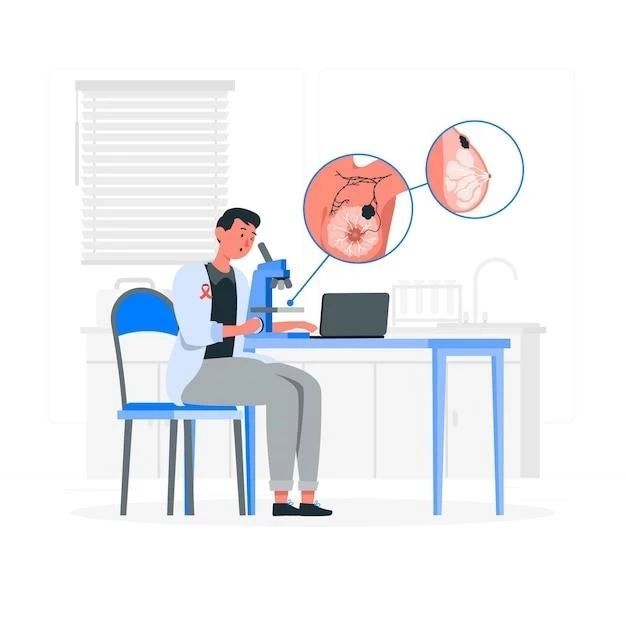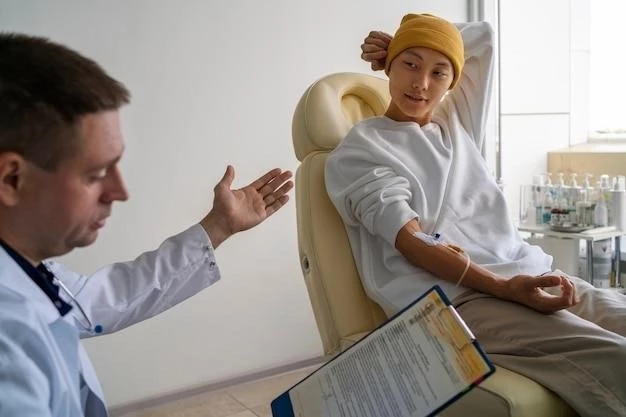Introduction to Synovitis
Synovitis, inflammation of the synovial membrane, is a common manifestation that plays a crucial role in osteoarthritis. Noninvasive detection methods are essential for accurate diagnosis and treatment planning. Learn more about this condition here.
Definition and Common Manifestations
Synovitis is inflammation of the synovial membrane, a key player in osteoarthritis. This condition is recognized through symptoms like joint pain, swelling, and restricted movement. Understanding the common manifestations of synovitis is vital for early detection and effective management.

Causes and Risk Factors
Understanding the underlying diseases and conditions that contribute to synovitis is crucial. Recognizing risk factors early can help in prevention and effective management of this inflammatory condition. Discover more about the causes and risk factors of synovitis here.
Underlying Diseases and Conditions
Synovitis, commonly associated with osteoarthritis, can be caused by various diseases like rheumatoid arthritis, gout, or infections. Understanding these underlying conditions is crucial for accurate diagnosis and management. Recognizing the specific diseases that contribute to synovitis can aid in developing effective treatment strategies.
Symptoms and Diagnosis
Recognizing signs of synovitis such as joint pain, swelling, and limited mobility is crucial for timely diagnosis and effective management. Consult a healthcare provider for proper evaluation.
Recognizing Signs of Synovitis
Synovitis can manifest through joint pain, swelling, warmth, and limited range of motion. Recognizing these signs early can aid in prompt diagnosis and effective treatment. Consult a healthcare professional for proper evaluation and management.
Treatment Options and Management
Effective management of synovitis involves various treatment options like medications, physical therapy, and lifestyle modifications. Understanding how to manage this condition can help alleviate symptoms and improve joint health. Consult a healthcare professional for personalized advice.
Noninvasive Detection Methods
Noninvasive imaging techniques like MRI play a crucial role in detecting synovitis without the need for invasive procedures. By utilizing advanced medical imaging, healthcare providers can accurately diagnose and monitor the progression of synovitis, leading to more effective treatment strategies. Consult a healthcare professional for guidance on noninvasive detection methods for synovitis.

Prevention Strategies
Reducing the risk of synovitis involves understanding the causes and implementing preventive measures like proper joint care, maintaining a healthy weight, and addressing underlying conditions promptly. Consult with a healthcare provider to develop a personalized prevention plan.
Reducing the Risk of Synovitis
Implementing preventive strategies such as joint care, maintaining a healthy weight, and addressing underlying conditions promptly can help reduce the risk of developing synovitis. By taking proactive measures, individuals can decrease the likelihood of experiencing inflammation in the synovial membrane of their joints. Consult with a healthcare professional to create a personalized plan for mitigating the risk factors associated with synovitis.
Complications and Prognosis
Understanding the impact of synovitis on joint health and functionality is crucial for prognosis. Prompt treatment and management can help alleviate complications and improve overall joint well-being. Consult a healthcare provider for personalized care.
Impact on Joint Health and Functionality
Synovitis can have a significant impact on joint health and functionality, affecting mobility and overall well-being. Understanding the implications of synovitis on joint function is crucial for implementing appropriate treatment strategies and preserving joint health in the long term. Consult a healthcare provider for personalized advice on managing synovitis to maintain optimal joint function.
Special Considerations⁚ Pediatric Synovitis
Understand the importance of recognizing and addressing transient synovitis in children. Early differentiation from other conditions is crucial for proper management. Pediatric synovitis may require specific care protocols.
Transient Synovitis in Children
Transient synovitis of the hip, an acute inflammatory condition affecting the joint synovium, is a common cause of hip pain in pediatric patients. Early recognition and differentiation are key to proper management of this benign, self-limiting condition. Healthcare providers play a crucial role in distinguishing transient synovitis from other potential pediatric joint issues to ensure appropriate care.
